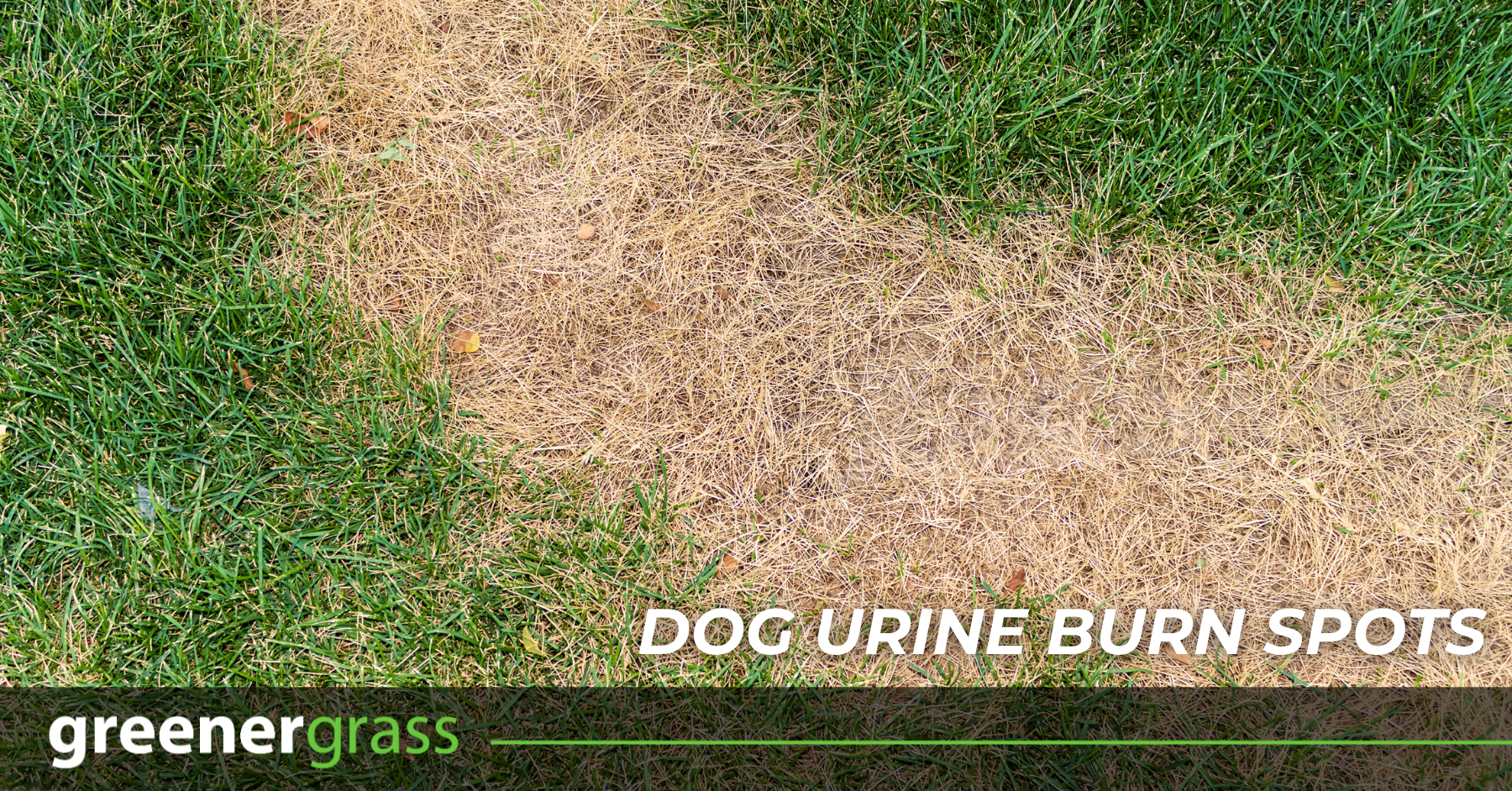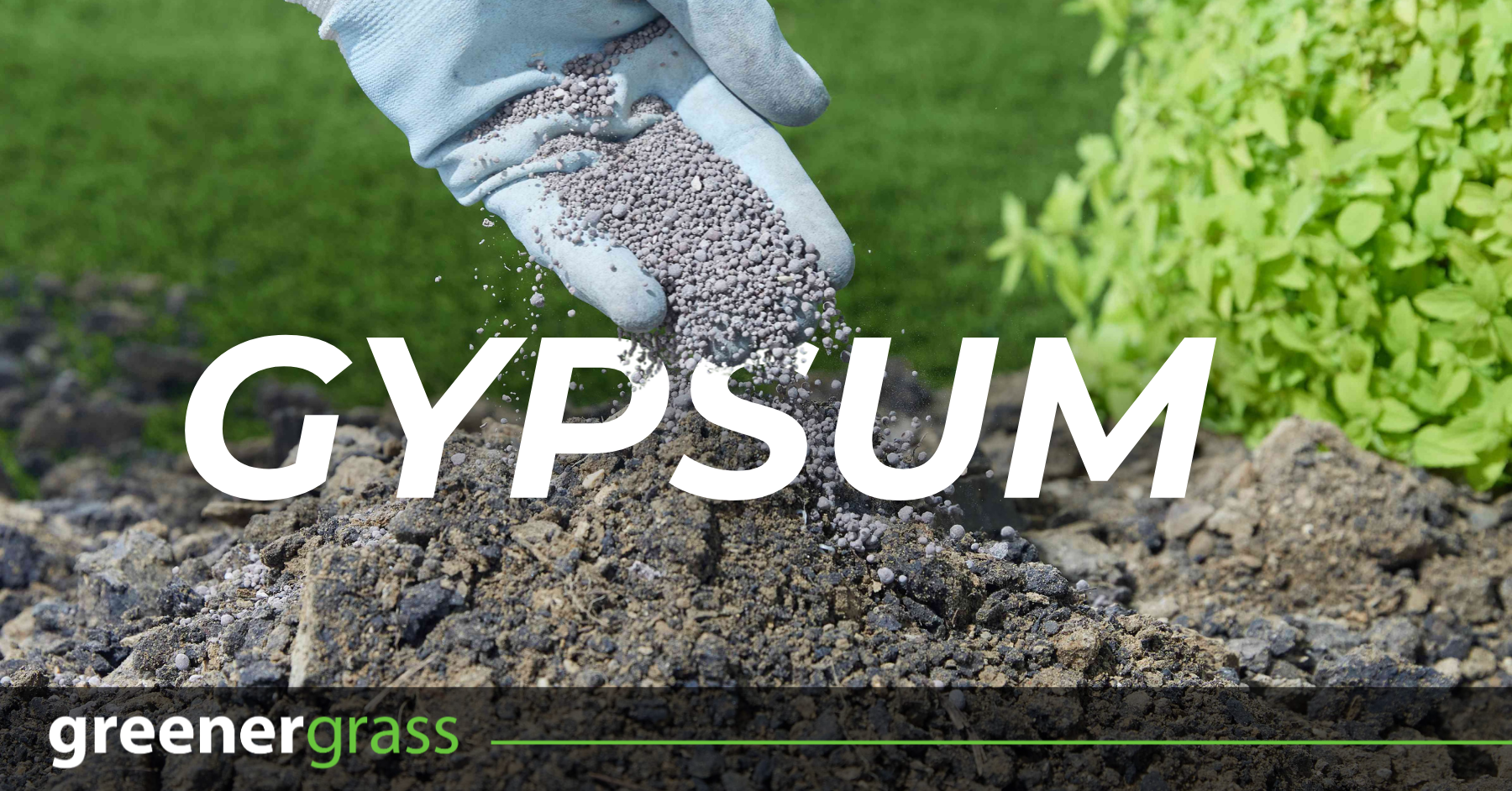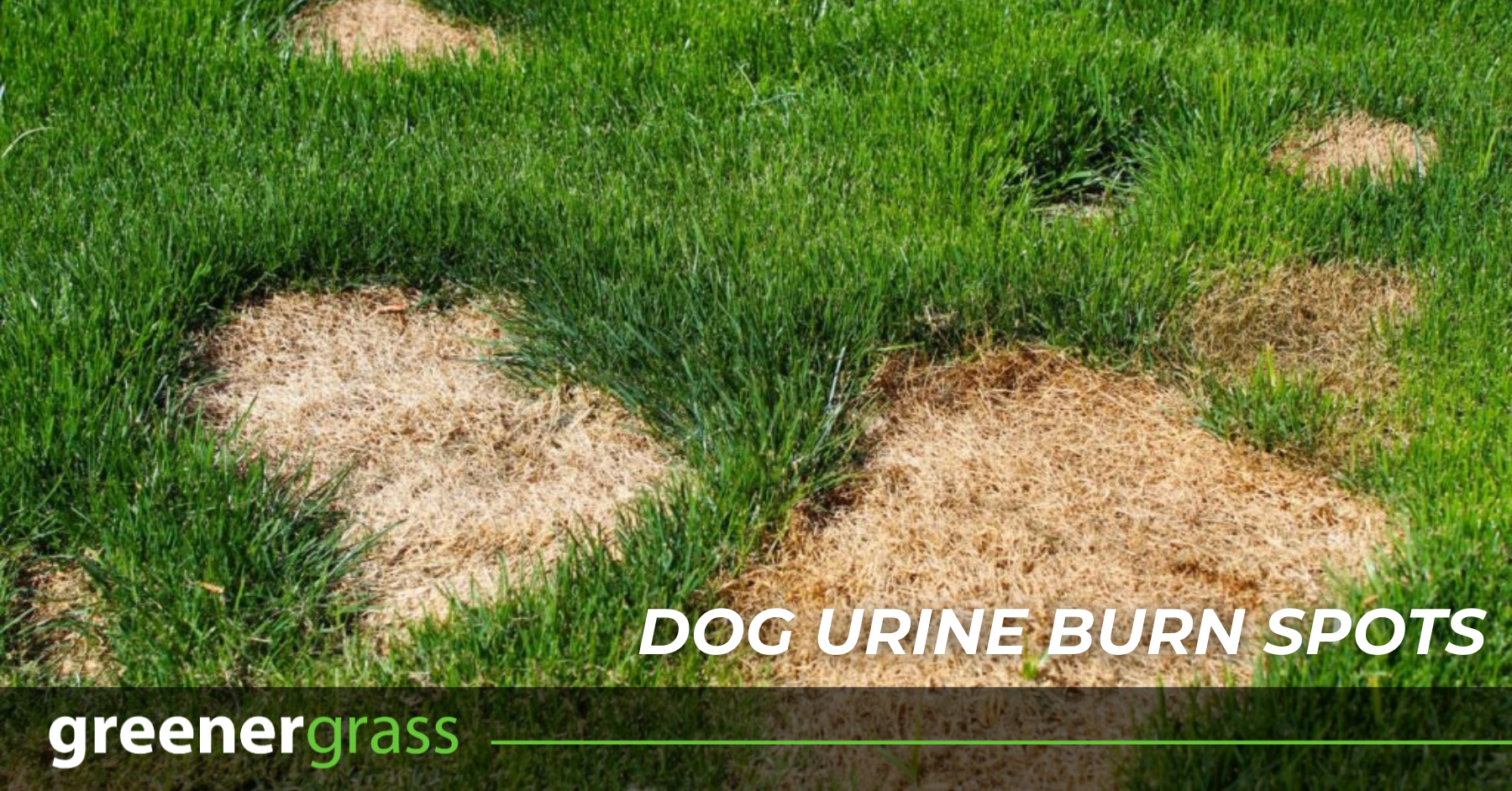Why Dog Urine Causes Burn Spots (and How to Fix Them)
If you’re a dog owner, you’ve probably noticed those frustrating yellow or brown patches popping up across your lawn. The culprit? Your furry friend’s bathroom breaks. While it may look like your grass is mysteriously dying, there’s actually a simple explanation — and solutions to help fix it.

Why Dog Urine Causes Burn Spots
Dog urine contains high levels of nitrogen and salts. In small amounts, nitrogen is actually good for your grass — it’s the same nutrient found in fertilizer that makes your lawn green.
But when too much nitrogen and salt hit one spot, it overloads the grass, burning it in the same way over-fertilizing would.
That’s why you’ll often see:
-
Dead, yellow patches in the center (where the urine was strongest).
-
Extra-green edges around the spot (where the urine was diluted as it spread).
While many people assume this happens because of high pH, the real culprit is nitrogen and salts — pH changes are usually minor and temporary.

How to Improve or Prevent Dog Urine Spots
Water the area immediately
After your dog goes, rinse the spot with water. This dilutes the nitrogen and salts before they damage the turf.
Rotate potty spots
Encourage your dog to use different areas of the yard instead of the same spot every time.
Maintain a healthy lawn
Regular fertilization, mowing, and aeration keep grass strong and better able to recover from stress.
Choose tougher grasses
If possible, plant tall fescue or ryegrass, which tolerate dog urine better than Kentucky bluegrass or fine fescue.
Consider supplements carefully
Products like “dog rocks” or supplements claim to help, but results vary. Always check with your vet before giving anything to your pet.

Can Gypsum Help?
Gypsum (calcium sulfate) is sometimes used to help with urine spots. Here’s what you need to know:
-
Gypsum can help flush salts deeper into the soil when watered in.
-
It does not neutralize nitrogen or fix pH.
-
It’s most helpful if your soil already has salt buildup or poor drainage.
To truly repair a burned spot, you’ll still need to water heavily, rake out dead grass, and overseed if the turf is completely gone.

The Bottom Line
Dog urine spots are caused by too much nitrogen and salts in one area, not high pH. Watering right away, rotating potty areas, and keeping your lawn healthy are the best defenses.
Gypsum can sometimes help flush salts, but it’s not a magic fix — reseeding and turf care are usually needed for full recovery.
With the right care, you can enjoy both a healthy lawn and a happy pup.

Get Pricing and Get on Our Schedule
Bottom Line: Dormancy is natural. With a little patience and smart lawn care, your grass will bounce back. Knowing what type of turf you have—and how it handles stress—helps you make the right decisions for a thicker, greener, and healthier lawn.
